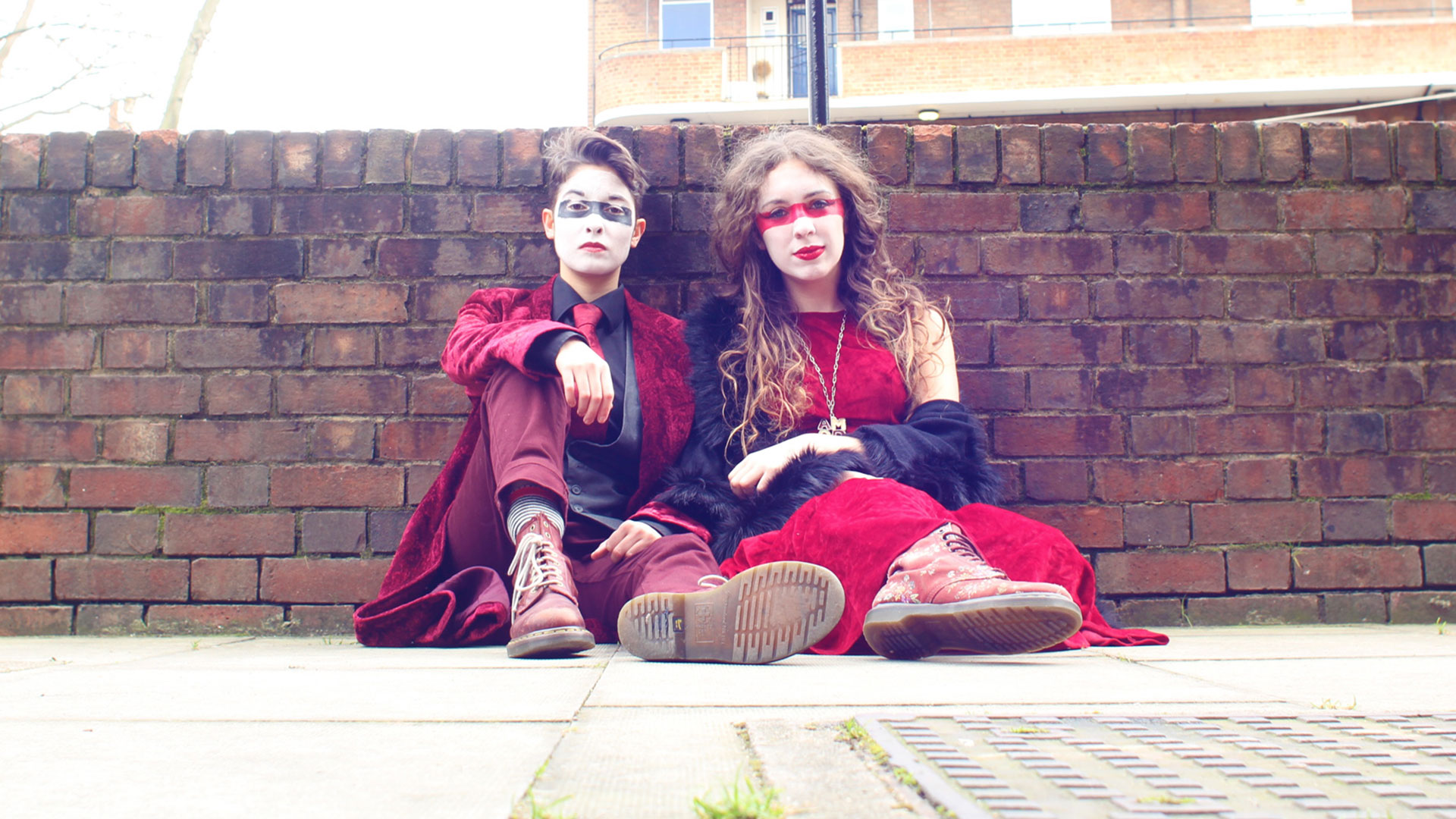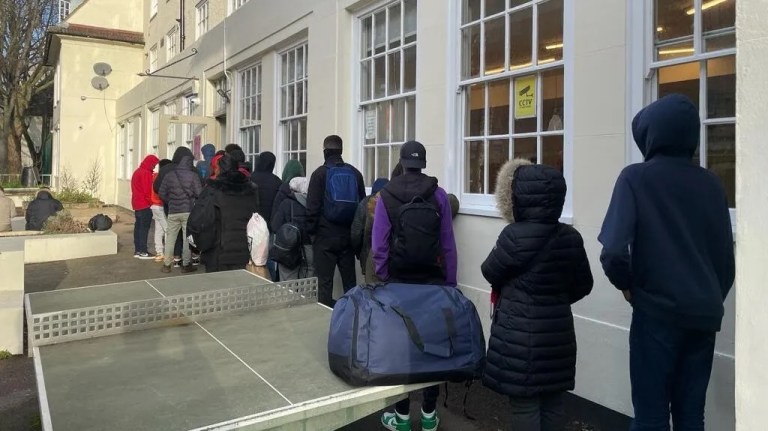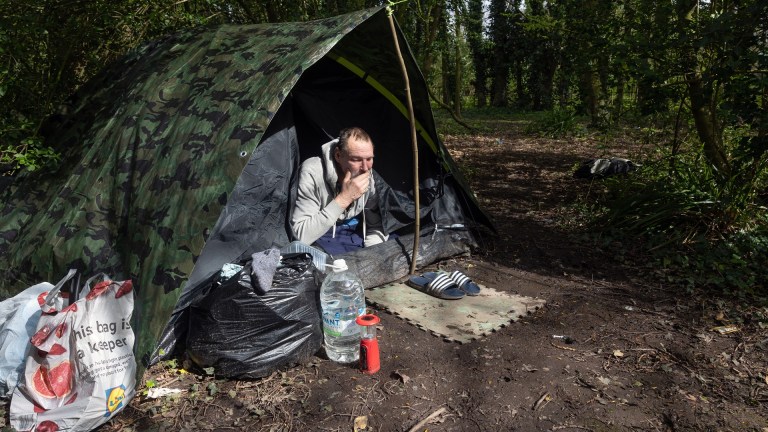They say a man’s home is his castle, but in some cases there are profound differences. Windsor House in North London is not to be confused with the Queen’s cosy home. While while the Castle is the largest occupied palace in the world (with around 1000 rooms), Windsor House is part of a rundown post-war council estate so gloomy that it was chosen to double for the Kraków Ghetto in Schindler’s List. Yet it encapsulates the utter ludicrousness of the housing crisis and says more about the current state of the nation than any royal residence could.
Rebecca Biscuit and Louise Mothersole have lived in “an absolute death trap” of a flat in Windsor House for a couple of years. The two are among tens of thousands desperately trying to cling onto affordable accommodation in the capital.
“We’re surrounded by three other blocks of council houses and all four of them are named unironically after royal palaces,” says Biscuit. “There’s a Buckingham, a Balmoral, a Holyrood and Windsor House – pretty grim council estate blocks in which we live. But our rent is relatively cheap.”
“It’s still four times the amount someone I know in Leeds is paying for a much nicer place,” Mothersole adds.
After the pair moved in, they noticed they were receiving an abnormally high volume of letters addressed to former residents who had never bothered to redirect their mail and they began to be curious about the people who had previously lived in the flat.
The one thing they all had in common was debt
“We got piles of mail for the ghosts of tenants,” Biscuit says. “Then we found a loophole in the Postal Services Act of 2000 that says that you can, well, it doesn’t say you can open mail but the wording is very subjective…”










